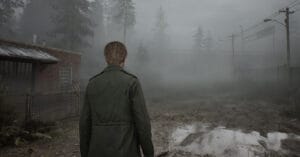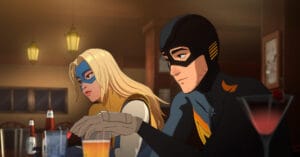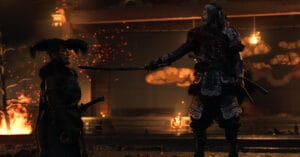If you’ve been following me for a while, you know that I’m a fan of detective games and that I believe there aren’t enough options in this genre. Fortunately, developer Wamill Games is here to lend a helping hand. The indie developer, consisting of two brothers, recently released Sammy Jukes: Twin Lakes. The first-person detective adventure puts players in the shoes of detective Sammy Jukes, who must investigate the mysterious disappearance of Tammy Taylor.
Players search for clues in the rainy, atmospheric open world, and interrogate quirky, outspoken witnesses and persons of interest, who more often than not have something quite unique to share.
I spoke with developer Firat, who walked me through the development process of Sammy Jukes: Twin Lakes. He explained how the role of hint-giver, due to budgetary reasons, ended up with a loyal four-legged companion, and how certain cuts actually led to tighter, more to-the-point storytelling. He also shared his favorite characters to write, what inspired them, and how Wamill Games decided to make the town’s sheriff and deputy so incompetent that the burden of the missing person’s case fell entirely on Sammy Jukes’ shoulders.
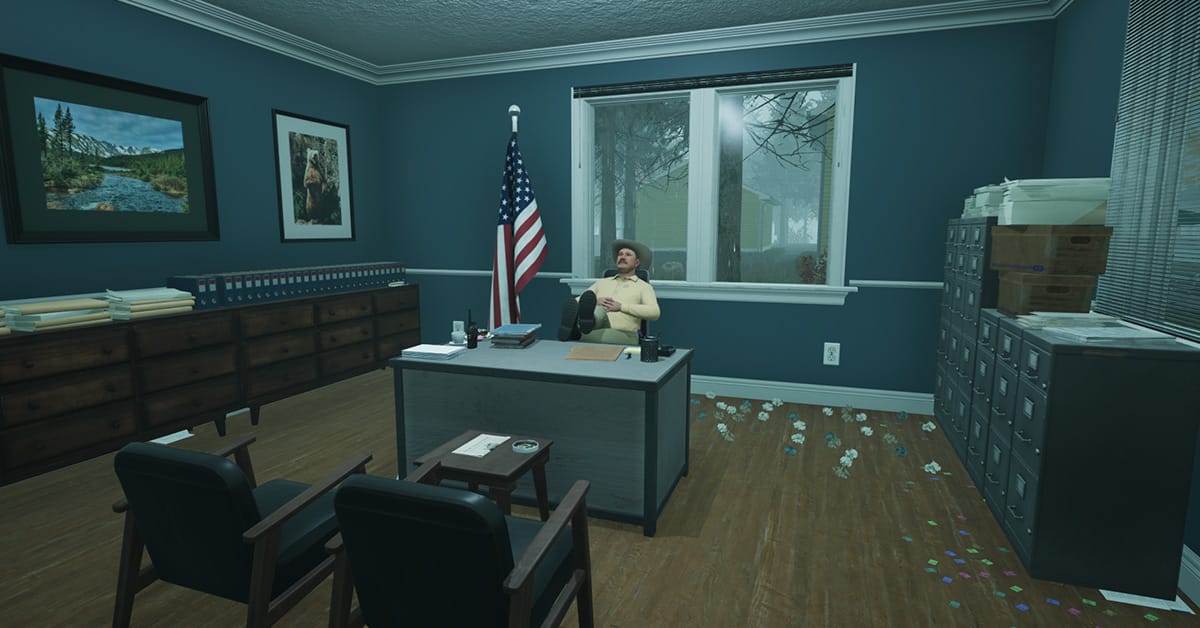
How long did it take to develop the game from concept to release?
“A first concept for Sammy Jukes was created in 2019. In the first iteration it was going to be a point and click adventure game with a low poly art style. The story was called “The Last Joke.” It was set in LA, and featured a large cast of characters and many locations.
Over time this version proved to be too ambitious and we decided to scale back and create a much smaller story in a tighter location. Right around that time Unreal Engine 5 was released, and we decided to switch to 3D to take advantage of the metahumans.
I think once we went 3D, it took three years to finish the game.”
Can you walk me through your design process for the game? What does a typical working day at Wamill Games look like?
“Design for the game began on paper. We examined some of the classic adventure games. Looked at their puzzle flowcharts. Then piece by piece we broke down our detective story to fit the adventure game format.
So before we opened the engine to build anything, we had a detailed design document. We then divided the work between us.
Our work day begins with a short chat on what we are going to work on that day. Then we go to our separate corners and start hacking away. At the end of the day we meet again and check if everything went according to plan.”
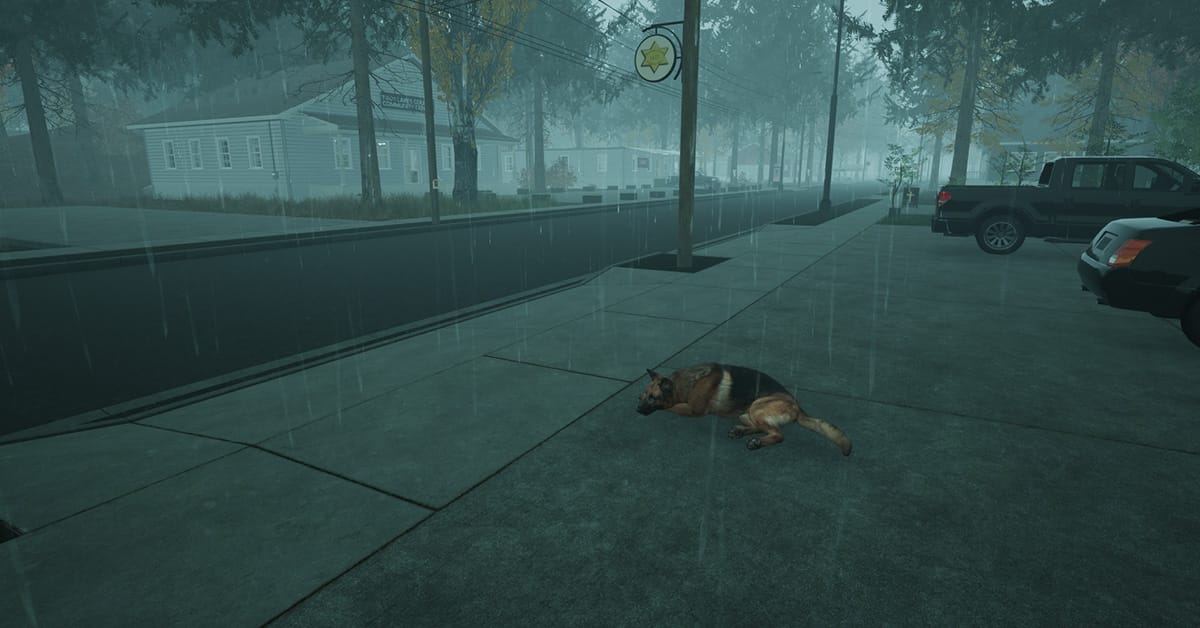
What were some of the biggest challenges you faced during development? How did you manage the scope of the game as a smaller studio? Were there any features or content you had to cut?
“The game had a very long and challenging development process. We had a lot of external factors that kept draining our time and the budget we set aside for the game. At one point we had to stop for about five months. That, I think, really set us back.
To get back on track, we had to cut down on the scope a lot. In the original draft, there were almost twice as many storylines. For example that whole thing with the mayor had a much longer investigation and a better conclusion.
One of the characters we cut was a journalist that functioned as a sidekick for the detective. After we cut her from the game, her function as the hint-giver was transferred to the dog.
Pretty much all dialogue answers that say “I don’t know” were a result of this cutback. Originally all these had proper dialogue and some of them led to different branches.
In the end however, I think this scaling back resulted in a much tighter and to the point story. It forced us to edit everything down to its most important core.”

Are there any particular features or mechanics you’re especially proud of?
“The lipsync was the one we were most happy with when it finally worked the way we wanted.”
What tools or software did you use during development?
“This is an Unreal Engine 5 game. That’s where we spend most of our time. There’s also Blender for editing 3D assets.
All the posters and product labels you see around town were created or edited in Photoshop. We managed to find an old Mac with Logic installed, that’s what we used to create the soundtrack.”
What inspired the case in the game? Are any of the storylines based on real-life events or famous detective stories?
“Our first idea was to just do what countless other games did and copy Twin Peaks as best as we could. In that process I realized that I wasn’t really interested in any paranormal or supernatural stuff. So we went back to reality.
I think the Keystone XL Oil Pipeline was in the news at the time. That paired with what I had from the Twin Peaks draft became the setting.
One famous detective I liked was Columbo. Mostly because that show was solely focused on the case. You didn’t watch Columbo arguing with his ex-wife and battling his inner demons. He’s just there to solve a complicated case. That’s one thing I wanted to copy while writing Jukes.”
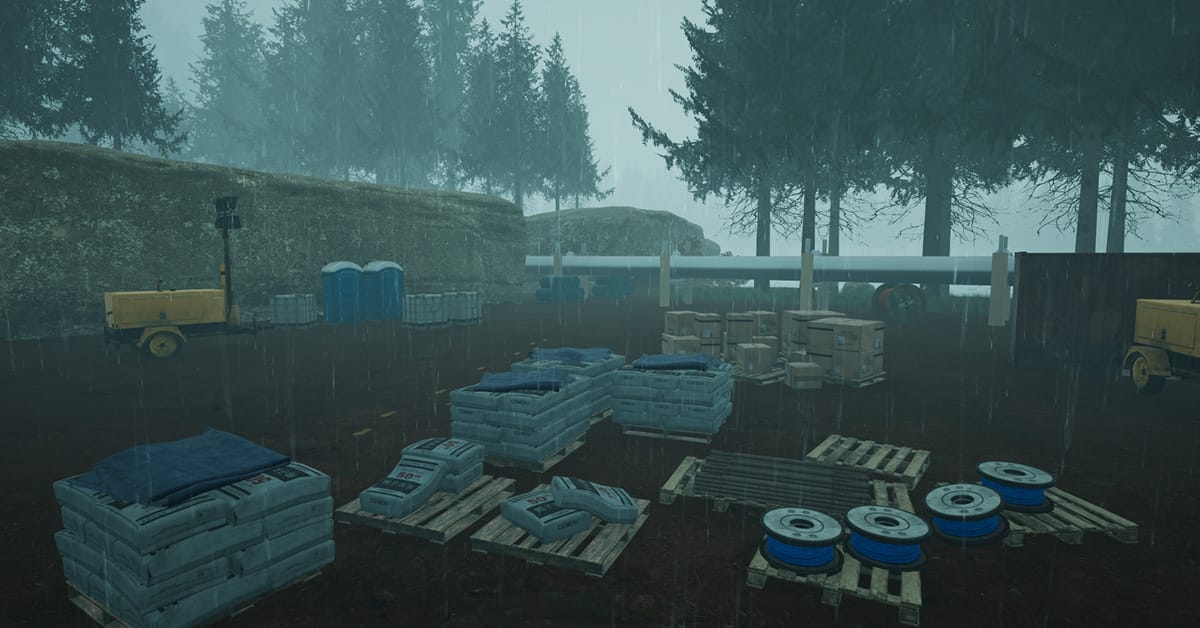
How did you make sure certain items or connections aren’t too hard to find, but still provide the right amount of challenge for the player?
“There’s no one-size fits all solution for that. We just had to test everything out many times. Rewrite when necessary.
Modern games usually have a huge waypoint directing you in a direction and tell you to pick up this object. There is nothing left to find out by yourself. Classic adventure games were the opposite, there was no direction at all.
We tried to find a middle ground between them while hopefully still preserving the classic adventure spirit.”
The game uses humor and plays with certain tropes. What kind of tropes or clichés did you enjoy playing with?
“I enjoyed creating our incompetent small town Sheriff and deputy duo. These two are the worst law enforcement officers that ever lived. We need them that way so that our detective is actually needed to solve the case.”
Do you have any favorite humorous character interactions or moments in the game?
“I find most of Greg’s confrontational answers pretty funny. Like when he says, “I’m a poet.” All great stuff.”
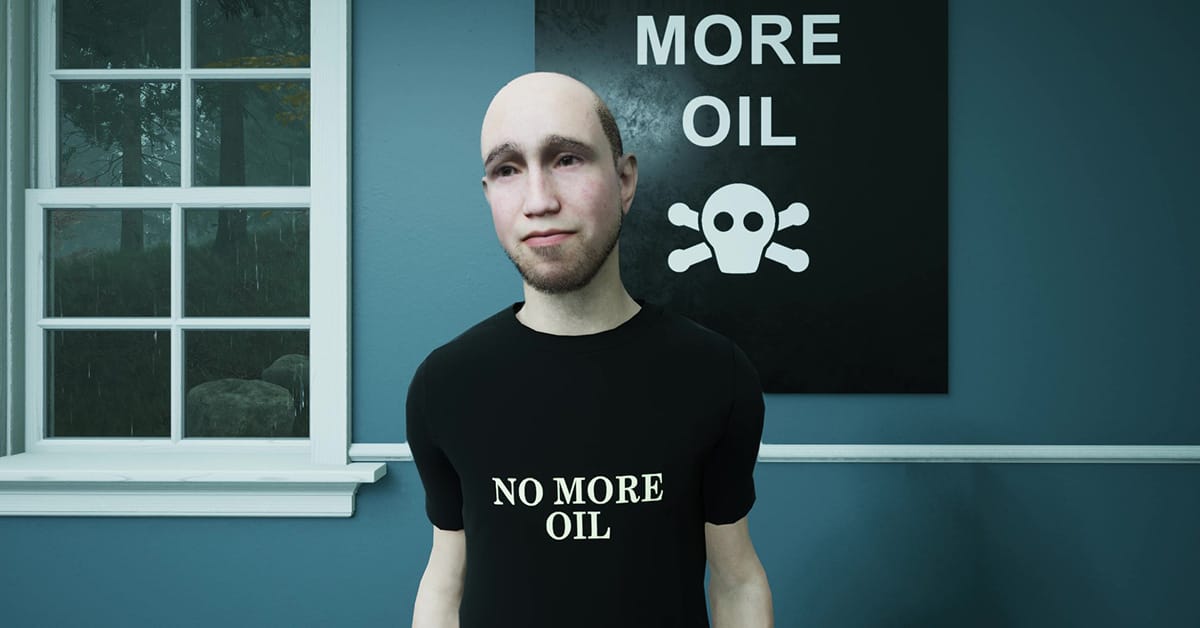
Do you have any characters which were your favorite to write, and for what reason?
“I like all the characters in the game as I edited out the ones I didn’t like.
The Sheriff was the most fun to write. You always think, “he can’t sink any lower,” then he opens his mouth and he does exactly that.
There’s a short novella I wrote about the Sheriff trying to solve the case before Jukes arrives. Sort of a prequel. We hope to release that as a freebie in the future.”
Can you tell me about the research that went into crafting the detective work in the game? How did you approach learning about case-solving and the legal aspects to make the story feel authentic?
“After doing some research, I found out that most detective work is very slow and boring. Usually some technician collects the evidence then sends it to another technician and so on.
I think focusing too much on realism would’ve made the game too boring. We mostly stuck to the “TV Show realism.” It’s just authentic enough in the sense that everything you expect to be in place is there. But not so authentic that you call the lab and wait for results while you sit around.”
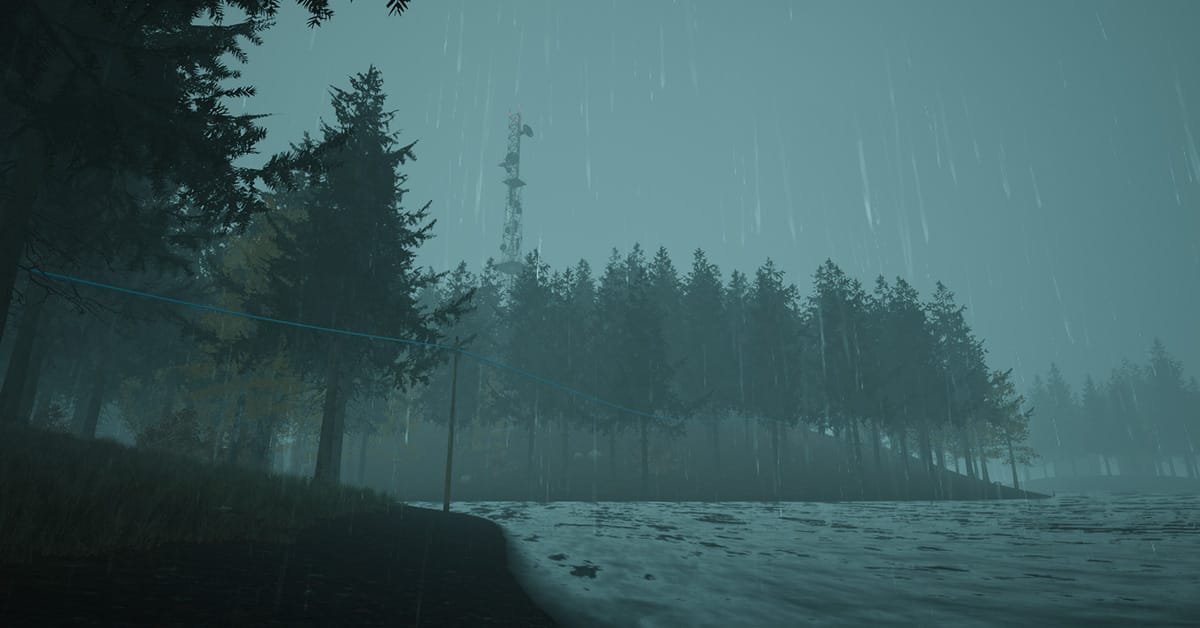
What are you excited to explore in your future projects? Are there any updates, DLC, or sequels planned for this game?
“Right now, we are working on some quality of life updates for the game to smooth some of the rough edges. These updates will continue until next year.
After that we’ll start working on the sequel. We’d like to continue Sammy Jukes as a series. Right now we have a pretty good idea on what the story of the sequel will be.”
Intrigued by the world of Sammy Jukes? Check out the gameplay in this video. You can dive into the mystery yourself by finding Sammy Jukes: Twin Lakes on Steam.


